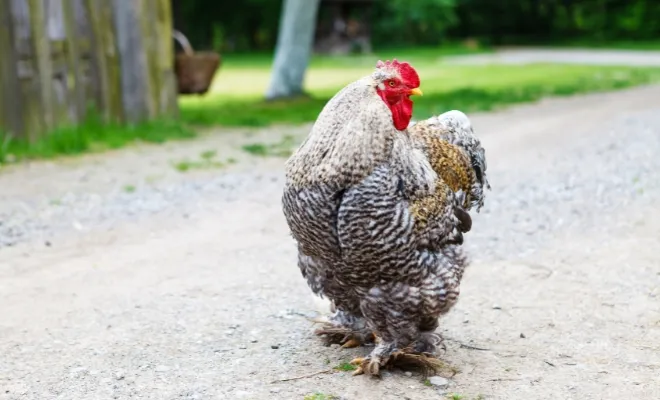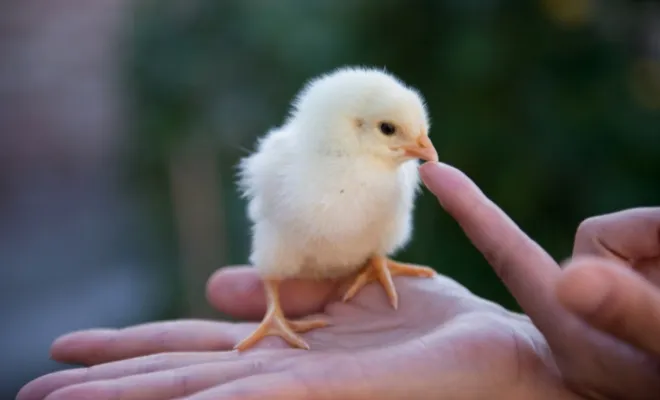About Amberlink Chicken Breed [Including 3 Commercial Backlogs]
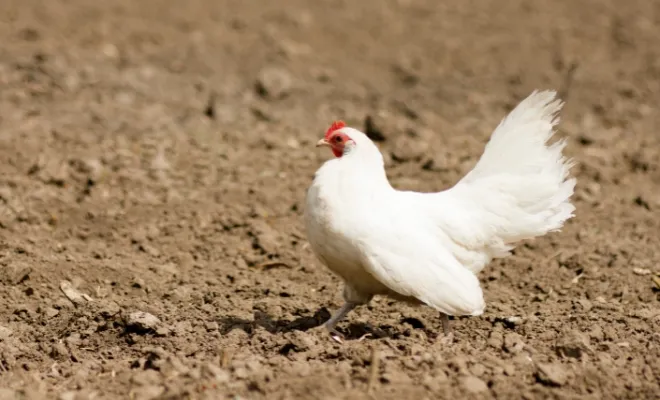
Amberlink Chicken Breed is a comparatively newer breed. This particular breed was created with the thought of having a prolific egg layer and bringing enormous commercial lead. But what the breed is capable of still raises a question mark.
Although they’re very docile, they are suitable for backyard raising. They are not a bad egg layer, either. But what are the backlogs, then? Why doubt its excellence? Well, read this article, and you’ll have all your answers.
Table of Contents
Amberlink Chicken Breed – A Short Profile
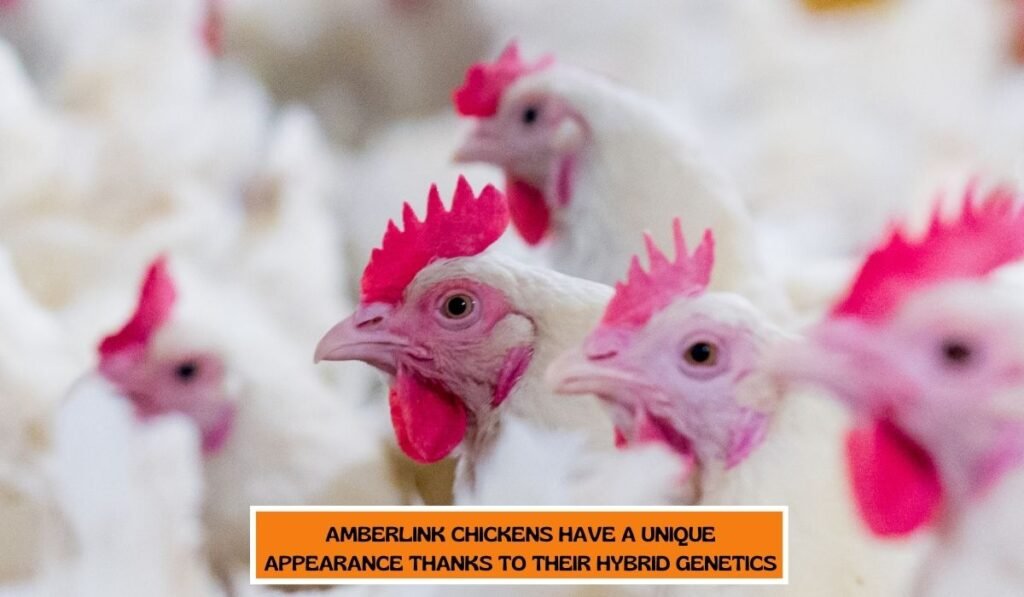
Let’s check the profile of the Amerlink chicken breed in a nutshell.
| Aspect | Information |
|---|---|
| Scientific Name | Gallus gallus domesticus |
| Order | Galliformes |
| Origin | United States (developed commercially in the 1990s) |
| Family | Phasianidae |
| Subspecies | Red Sex Link |
| Varieties | Amber, red, brown, buff |
| Purpose | Egg production |
| Distribution | United States, Europe, Australia |
| Lifespan | 5-8 years |
| Adaptability | Hardy, adaptable to various climates |
History and Origins of the Amberlink Chicken Breed
As a relatively new hybrid breed, the Amberlink does not have a long-established history like heritage chicken breeds. However, its parent breeds – the Rhode Island Red and Plymouth Rock – do have their own unique histories based on America.
Rhode Island Reds were developed in Rhode Island and nearby Massachusetts in the late 19th century.
Plymouth Rocks also originated from Massachusetts and the New England states in a similar timeframe.
These parent breeds were likely crossed to try to reach the greater purpose. However, the Amberlinks are an American mixed breed.
Rhode Island Red had prodigious egg-laying abilities. On the other hand, Plymouth Rock was a hardy and dual-purpose chicken breed. 20th-century breeders thought to develop a chicken optimized for maximum egg productivity.
You may watch this video to have a brief insight on Amberlink Chicken:
What Do Amberlink Chickens Look Like?
Amberlink chickens have a unique appearance thanks to their hybrid genetics. They tend to come in a range of red, amber, and brown shades. The feathers can be various combinations of light and dark.
In general, the hen and roosters have no significant difference in their appearance. Amberlinks have single combs and red ear lobes.
The roosters typically weigh 8-9 lbs when fully mature, while hens weigh 6-7 lbs. Amberlinks have sturdy, rectangular-shaped bodies like their Plymouth Rock parent. They also possess the red plumage common to Rhode Island Red chickens.
Overall, their appearance denotes a hardy, muscular breed well-equipped to lay large and plentiful eggs.
Amberlink Chicken’s Personality Assessment

Amberlink chickens have pleasant personalities and are well-suited for the backyard. They tend to be calm, docile, and friendly birds interacting well with owners.
Amberlinks don’t typically exhibit aggressive behaviors and lack broody tendencies that could interrupt consistent egg-laying.
Their hybrid background results in a high degree of genetic diversity, making Amberlinks less susceptible to avian health issues. They have an instinctual ability to forage and adapt to various climates and environments.
See, these traits reveal why Amberlink chickens are such low-maintenance yet productive egg layers for small flocks.
The Reproduction Dilemma of the Amberlinks!
As a hybrid breed, Amberlinks do not breed true when mated. Producing new Amberlink chicks again requires crossing the same two pure breeds.
If two Amberlinks are mated, their offspring demonstrate unpredictable combinations of traits. It is likely to come from the parents’ diverse genetics.
So, do Amberlink chickens mate? Yes, they do. However, the offspring will likely show diverse behavior traits due to genetical diversity.
Are Amberlink Chickens Good Layer?
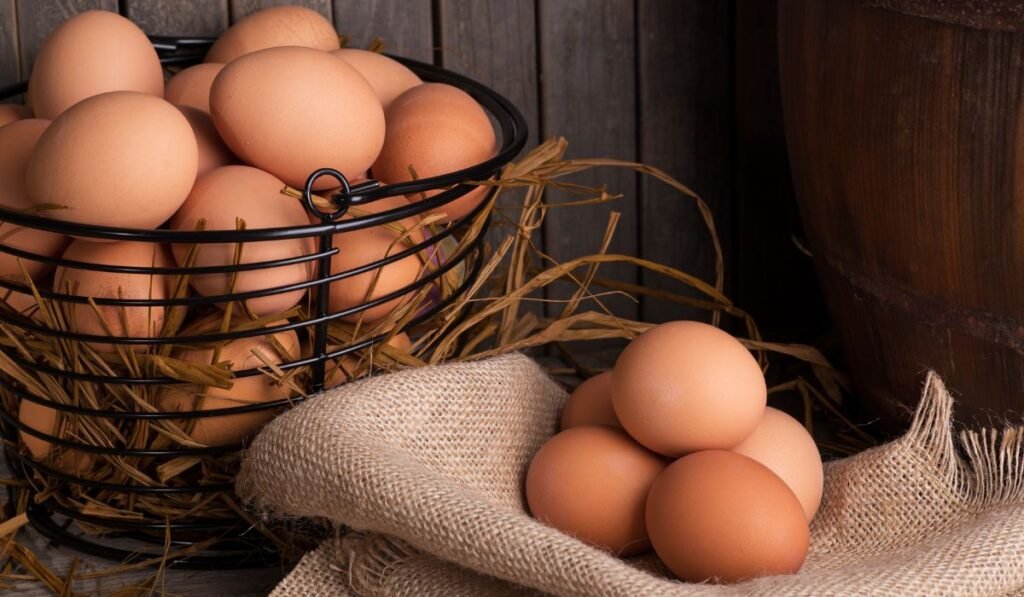
Undoubtedly! Without a doubt, the trait Amberlink chickens have been specifically bred for is egg productivity.
Amberlink hens begin laying relatively early, at 16-20 weeks old. Egg production is exceptionally high, with over 300 light brown eggs expected annually. What color eggs do amberlink chickens lay? The eggs are typically brown.
The hens rarely go broody, so they continuously produce at a rapid rate year-round. This extreme level of high-volume egg-laying results in a shorter lifespan (5 – 8 years) on average.
The chart below compares the average yearly egg-laying capabilities of various common backyard chicken breeds.
| Breed | Annual Egg Production |
|---|---|
| Amberlink | 280-320 |
| Plymouth Rock | 200 |
| Rhode Island Red | 200-300 |
| Australorp | 250 |
| Orpington | 160-220 |
As the chart shows, Amberlinks leads the pack when it comes to sheer egg-laying output. Anyone looking to maximize egg harvests from a backyard flock would surely benefit from keeping Amberlinks.
But hey, are you now really happy to start a business with this egg production? I want you to reconsider!
Why Doubt about the Amberlink Chicken Breed on Commercial Success?

Amberlink chickens have been commercially successful due to their very high egg production in the first few years of life. However, there are valid doubts about their long-term productivity.
Their Egg Production Declines After First Season
Scientific research shows that after the second laying season, Amberlink egg production declines 15-20% each year as the chickens age. By 4-5 years old, output has dropped precipitously or ceased altogether as organ systems become depleted.
Anyway, their eggs are extremely nutritious, come out in research in South Africa. Can’t deny the Amberlinks with such high egg production and nutrient ratio!
Nutritional Costs Might Bother You!
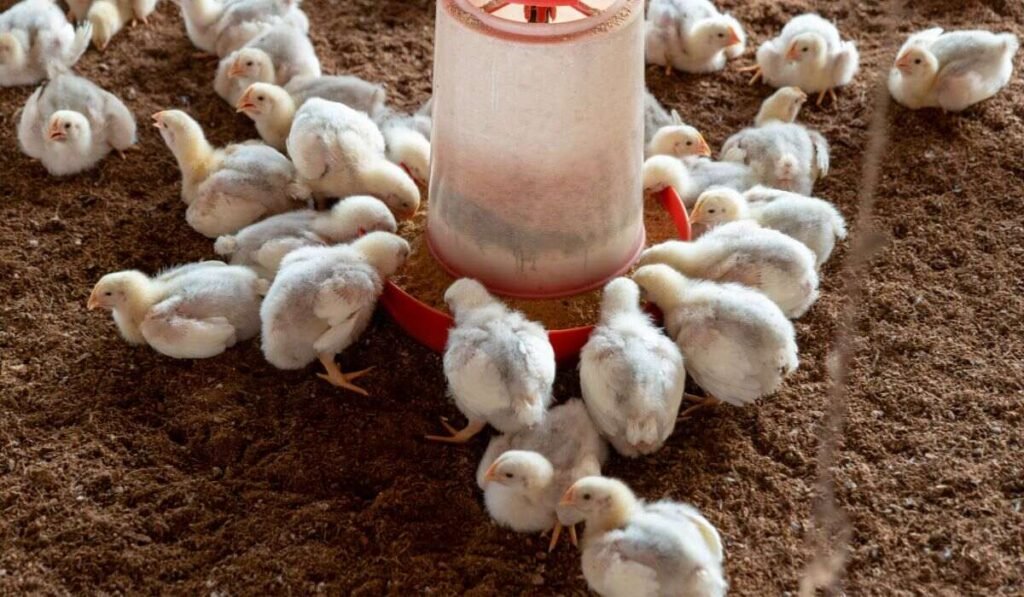
The intense egg-laying places immense nutritional demands on Amberlinks that are not seen in heritage breeds.
Meeting protein, calcium, and micronutrient requirements is essential to maintain maximum productivity. Careful diet formulation and flock management cannot be overlooked.
But this might be costly, and after merging all that, the business profit might not look promising. I’m not assuming they’re the worst. All I want to say is the facts before you start your journey with the amber links. It’s about planning on doing some poultry business.
Amberlink Chicken Breeds Aren’t A Good Meat Producer
Amberlinks are poor meat chickens because they have been selectively bred to maximize egg production. Their bodies remain small, only reaching 6-7 lbs for hens and 8-9 lbs for roosters.
Plus, they lack the genetics for fast muscle growth or breast meat development in broiler chickens.
Instead, Amberlinks divert most nutrients towards sustaining their incredibly high egg output. Their egg numbers dramatically exceed heritage breeds in the first 1-2 years of laying.
So, in summary, Amberlinks fails as a meat producer since all its energy goes toward laying eggs. But commercially, they have thrived due to record-shattering productivity that outperforms any other breed in sheer egg quantity.
Amberlink Chickens in Backyards

Amberlinks excel in small backyard flocks for two main reasons.
First, their super-high egg production. Like, just four hens can fully stock a medium family with ample eggs year-round.
Second, Amberlinks forage actively to find much of their own food. This cuts feed costs without impacting 300+ eggs yearly per hen.
Amberlinks also tolerate weather swings thanks to their hardy hybrid health. For housing, 4 square feet inside a draft-free coop per chicken is sufficient. Add roosts, laying boxes, and calcium-rich feed.
Follow these tips, and Amberlinks will thrive as ideal productive pets in backyard settings. Their small-flock virtues explain why Amberlinks have become backyard superstars.
2 Less Known Facts About Amerlink Chickens
Some unusual things about the Amberlinks are surprising as well. Let’s take a look at the unusual yet surprising facts about them.
- Amberlinks can trace their origins back only to commercial breeding projects in the 1990s seeking to maximize egg-laying productivity. What sets them apart is their relentless egg production empowered by hybrid vigor.
- Amberlink hens are such prolific layers they can pop out an egg nearly every 26 hours! Their egg yield often surpasses the hen’s actual 6-7 pound body weight each year. Such performance is unheard of among backyard chickens.
Recommended Readings:
- The Cochin Chicken Breed
- Raising Golden Comet Chicken Breed
- Sanjak Longcrower: A Rooster with the 20-Second Crow!
Wrap-Up
We’ve come to the end of learning all about the Amberlink chicken Breed. These sweet orange birds are egg-laying superstars. Even with small flocks, Amberlinks pump out basket after basket crammed with eggs to make any owner proud. They don’t need much but give back so much.
However, the low maintenance isn’t that low if you want consistent egg production. They have to be given high protein and calcium intake for boosted production. This might create some financial hassle if you’re a small-scale poultry businessman! Plus, the drawbacks should be kept in mind!



